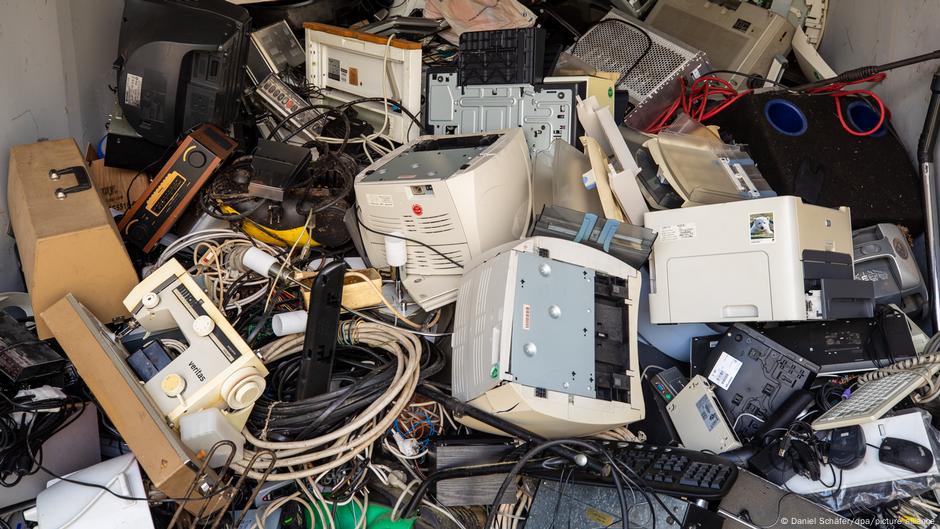In observing human behaviour toward electronic waste, one discovers patterns as predictable as those found in any ecosystem, yet far more destructive, and understanding these patterns through the lens of Advanced Recycling reveals how individual actions cascade through interconnected systems. Like a keystone species whose removal triggers collapse across an entire habitat, improper disposal of a single device can ripple outward, contaminating soil, poisoning water tables, and ultimately returning to harm the very organisms that created the waste.
The scale of this phenomenon staggers the imagination. Globally, humans generate approximately 62 million tonnes of electronic waste annually, yet less than a quarter receives proper treatment. The remainder enters landfills, incinerators, or worse, informal recycling operations in developing nations where environmental protections remain minimal. Each discarded device represents not merely waste but a concentration of valuable materials and hazardous substances requiring careful management.
The Fallacy of the General Rubbish Bin
The most pervasive error humans commit mirrors a fundamental misunderstanding of ecological boundaries. We treat electronic devices as though they occupy the same category as paper or food scraps, discarding them into ordinary waste bins where they proceed inexorably toward landfills. This represents not merely a mistake but a category error of profound consequence.
Electronic devices contain hazardous materials that leach into groundwater when improperly disposed:
- Lead in cathode ray tubes and solder
- Mercury in switches and backlights
- Cadmium in rechargeable batteries
- Brominated flame retardants in plastics
- Beryllium in motherboards and connectors
These toxins enter food chains, accumulate at each trophic level, and eventually return to human populations in concentrated doses.
The solution resides in conscious separation. Just as ecosystems maintain distinct niches for different organisms, waste management requires deliberate categorisation:
- Computer monitors and televisions must never enter general waste streams
- Mobile phones and tablets require specialist collection points
- Batteries of all types demand separate handling
- Printers and peripherals need designated recycling channels
- Small appliances should be directed to appropriate facilities
The Digital Ghost in the Machine
A peculiar blindness afflicts humans when disposing of electronic devices. We see the physical object but fail to perceive the data it contains. This oversight represents a vulnerability as significant as any environmental threat. Personal photographs, financial records, passwords, and private correspondence persist within device memory even after apparent deletion, much as genetic material persists in an ecosystem long after an organism dies.
The act of moving files to a recycle bin or performing a factory reset resembles trimming leaves whilst leaving roots intact. Data remains recoverable through relatively simple means, accessible to those with modest technical knowledge and malicious intent. Identity theft, financial fraud, and corporate espionage frequently originate from improperly sanitised devices. Advanced Recycling and similar facilities understand this biological truth, that information, like matter, is neither created nor destroyed but merely transforms.
Proper data destruction requires thoroughness:
- Use secure erase programmes that overwrite data multiple times
- Remove hard drives physically from computers before disposal
- Destroy SIM cards from mobile phones completely
- Employ professional data destruction services for sensitive materials
- Document the destruction process for organisational records
As Advanced Recycling notes in their approach to industrial clients, “Cost savings and waste reduction can be achieved without the risks of secondary contamination.” This principle extends beyond industrial applications to encompass data security, where prevention costs far less than remediation.
The Battery Question
Batteries represent concentrated stored energy and chemical reactivity. Lithium-ion batteries contain flammable electrolytes that ignite when punctured or crushed, causing regular fires in waste facilities. They also contain finite recoverable materials:
- Lithium and cobalt for electronics manufacturing
- Rare earth elements with limited natural reserves
- Nickel and copper for various applications
Proper battery disposal prevents fires, recovers valuable materials, and avoids the environmental devastation of mining operations. Always remove batteries before recycling devices.
The Misconception of Informal Recycling
Informal recycling operations expose workers to toxic substances without protection. Workers burn circuit boards for copper and use acid baths for precious metals, releasing chemicals that:
- Travel through air currents across geographical boundaries
- Settle in agricultural soils
- Concentrate in food chains
- Cause lifelong health consequences, especially in children
Advanced Recycling employs “sustainable, reliable, and cost-effective recycling and refurbishment solutions” precisely because formal processes incorporate safeguards that informal methods lack. Choosing certified recyclers represents enlightened self-interest, recognising that environmental health and human health are inseparable.
The Error of Premature Disposal
Consumers discard complex devices after barely two years despite their embedded resources and capabilities. Before disposal, extend device lifespan through:
- Repairing broken screens and components
- Replacing degraded batteries
- Updating software to improve performance
- Transferring devices to family members with modest needs
- Selling or donating functional equipment
This approach reduces demand for new device production and delays disposal necessity, conserving the resources required for manufacturing.
The Path Forward
Electronic waste management requires conscious attention but need not be complex:
- Identify appropriate collection points in your community
- Remove data systematically before disposal
- Separate batteries from devices
- Choose certified recyclers over informal options
- Consider repair before replacement
Every device properly managed through Advanced Recycling represents toxins prevented from entering water supplies, materials recovered for reuse, and energy conserved through avoided mining operations. The cumulative effect of informed choices creates conditions for sustainable technological civilisation, aligning our behaviour with our understanding through practices like Advanced Recycling.

